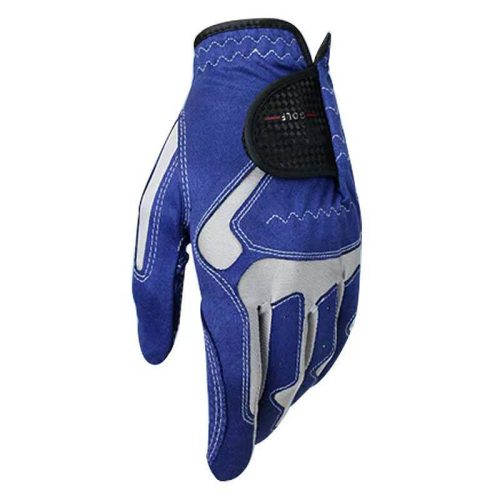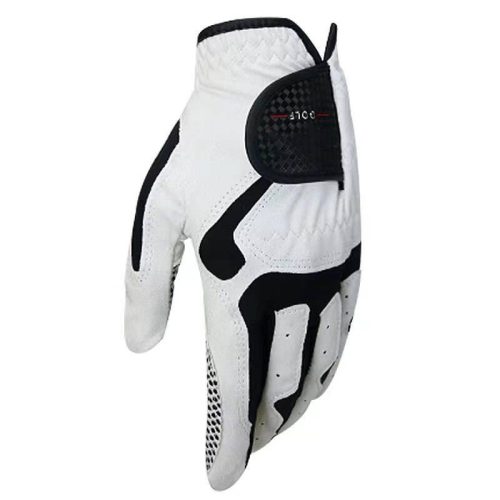Choosing the right golf ball for different putting green types can make a significant difference in your performance on the greens. Here are some factors to consider when choosing golf balls for different putting green types:
- Speed: The speed of the putting green is one of the most important factors to consider when choosing a golf ball. If the green is fast, you’ll want a golf ball that rolls smoothly and maintains its speed well. Conversely, if the green is slow, you’ll want a golf ball that provides more friction and control to help you roll the ball more accurately.
- Firmness: The firmness of the putting green can also affect your choice of golf ball. If the green is soft, you’ll want a golf ball that provides more spin to help you control your shots. Conversely, if the green is firm, you’ll want a golf ball that provides less spin and more roll for better distance control.
- Grain: The direction and strength of the grain on the putting green can also affect your choice of golf ball. If the grain is strong and running against your putt, you’ll want a golf ball that can cut through the grain and roll smoothly. Conversely, if the grain is weak or running with your putt, you’ll want a golf ball that can take advantage of the direction of the grain to help you roll the ball more accurately.
- Surface: The surface of the putting green can also affect your choice of golf ball. If the green is smooth, you’ll want a golf ball that provides more roll for better distance control. Conversely, if the green is bumpy or uneven, you’ll want a golf ball that provides more spin to help you control your shots.
Ultimately, the best golf ball for different putting green types depends on a combination of factors. Some golfers prefer to carry multiple types of golf balls to match the conditions of the putting greens they’ll be playing on. It’s always a good idea to experiment with different brands and models until you find the one that works best for you on each type of putting green.


